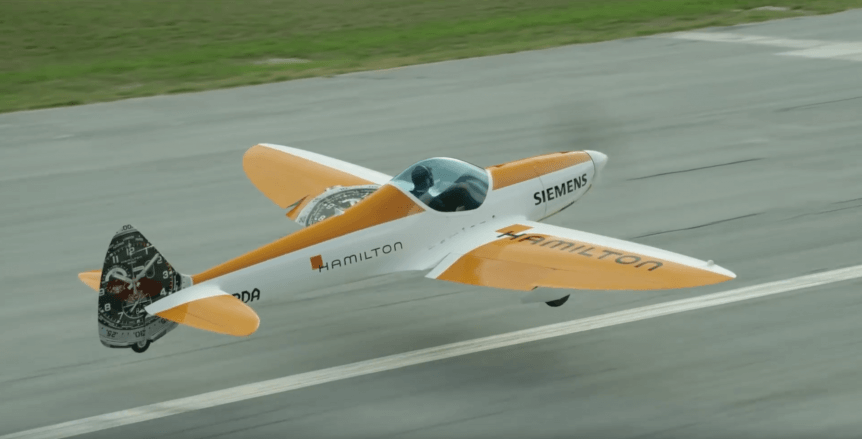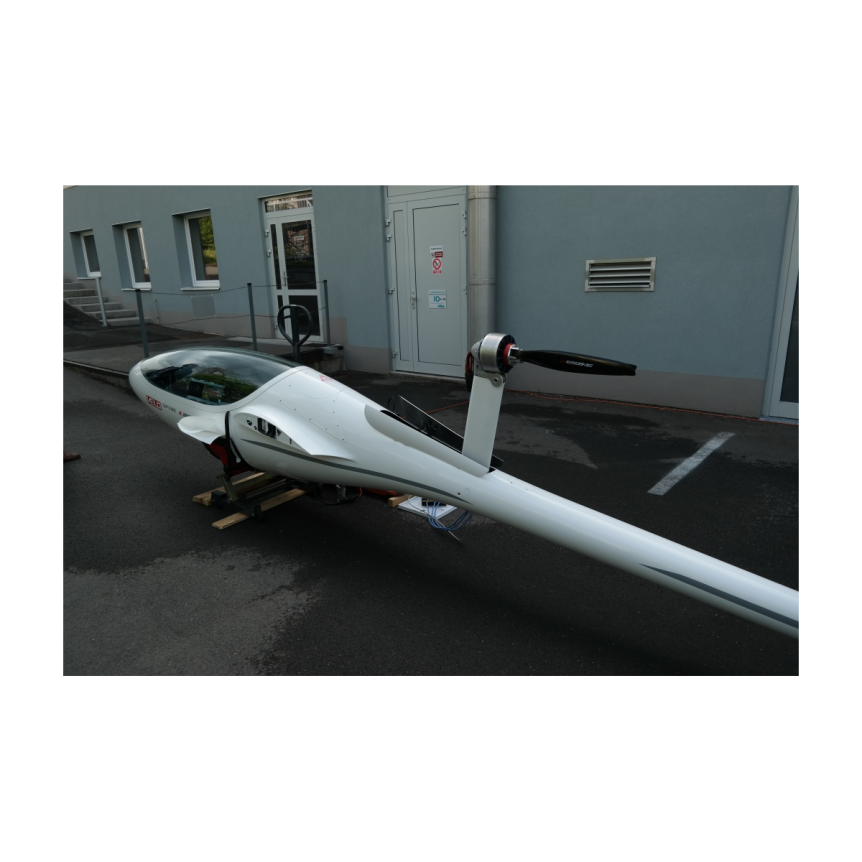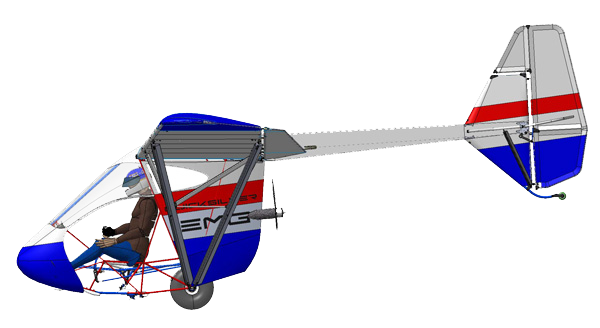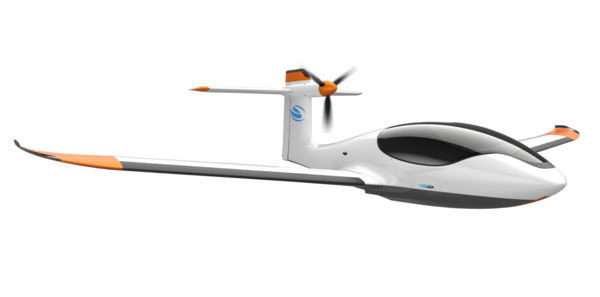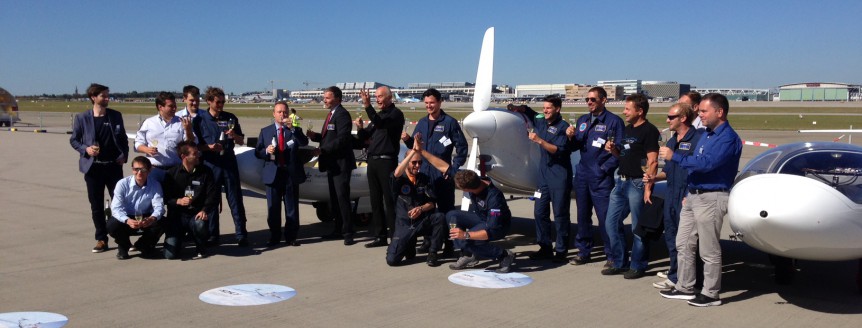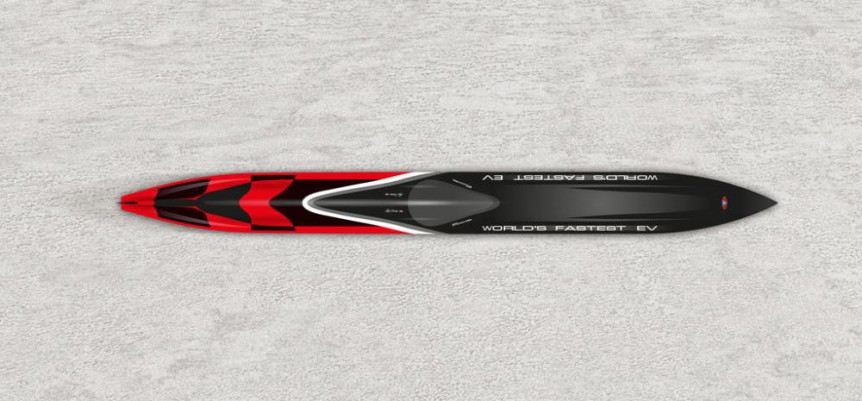Electric airplanes currently can give 15 or 20 minutes of intense aerobatics, or about an hour of more sedate cruising. What if you had a lovely little airplane that invited flinging it about the sky, but you still wanted to visit distant places? In 2005, Mike Friend owned a Silence Twister, a Spitfire-like single-seater registered as N787M, a nod to Mike’s employer, Boeing. He thought about making it a hybrid craft. Waiting for Batteries An early effort around 2010 by a German company to electrify the Twister did not produce a surge of orders, and Mike presented a 2011 symposium feature on making a hybrid out of the Twister to reduce its fuel burn while retaining its frisky character. That approach would have used a pod under the belly of the Twister, making it look like a fighter with an auxiliary fuel tank. Aerobatics combined with long-range seemed like a potential winner. Cute as it was, the concept was still …
How Cheaply Can One Fly?
How low(cost) can you go and still fly? That question forms one of the pursuits of the Minimalist Airplane Study Group, hosted by William Rich on Yahoo Groups. He may have found an answer that leads to several intriguing alternative uses for the type of electric powerplant described below. Use of model aircraft components leads to a low-cost build, and judicious use of off-the-shelf parts from other hobbies keeps costs low and speeds up the development process. He points to a hack from Laserhacker.com, which uses a motor, controller, propeller batteries and connectors one might find at the local hobby shop. This assemblage manages to fly a paramotor despite the small size of the motor and the relatively small size of the propeller. The Laserhacker link shows not only several videos (this has to be the most fun per dollar flying machine), but includes the parts list and pricing for everything but the final battery pack. Components include 3D-printed items …
A New Twist on Retractable Motors
GP Sailplanes in Poland recently partnered with MGM Compro of the Czech Republic to add electric power to its line of small, sleek sailplanes. Concentrating initially on the 13.5 meter racing class (44.29 feet), GP’s craft provide high performance with light weight and compact dimensions. A Long Reach on the Antares Putting a retractable motor and folding propeller into such a tight space required some clever engineering. Think of the tall mast on the Lange Antares or the Arcus two-seater. These are large, heavier machines, so the propeller, mast and motor can be accommodated (tightly) in their fuselage. The video gives a good view of just how close the quarters are on the Antares at about the 3:14 mark. With a 118-square-foot wing area and 59-foot wing span (the 18T model), the average chord of the Antares is two feet. Tucking the Motor into a Tighter Space GP’s aircraft are much smaller, with narrow chord wings, part of their high …
5X Lithium Sulfur Battery with a Gut Feeling
Bio-mimicry presents itself in aerodynamics, from the emulation of soaring bird’s wing shapes on sailplane’s surfaces to owl-feather-like trailing edges on wind turbines. We don’t often think of biological equivalents in energy storage (your editor didn’t until now, at least). But researchers at Cambridge University in England and the Beijing Institute of Technology in China have turned to the small intestine for their breakthrough in battery development. Tiny cells lining the human intestine inspired these researchers to develop a prototype of a lithium-sulfur battery that they claim could have five times the energy density of conventional lithium-ion batteries. Dr. Paul Coxon from Cambridge’s Department of Materials Science and Metallurgy says “This gets us a long way through the bottleneck which is preventing the development of better batteries.” Is That You, Villi? Villi in the gut help process food being digested, trapping nutrient particles in millions of tiny, “finger-like protrusions” which increase the absorbent surface area over which digestion takes place. …
A 24-Volt Airplane Motor?
One of the big surprises in last month’s webinar hosted by the EAA and presented by Brian Carpenter of Rainbow Aviation Services/Adventure Aviation was the 24-Volt motor being developed for the EMG-6 ultralight motorglider. High and Low Voltages Many, if not most of the electric motors flying on existing craft are higher voltage units. For sake of an off-handed definition, we’ll divide low and high at below and above 50 Volts, something OSHA delineates in its regulation 29 CFR 1910.303(g)(2)(i), which “generally requires “’live parts of electric equipment operating at 50 volts or more’ to be ‘guarded against accidental contact by use of approved cabinets or other forms of approved enclosures’ or by other specified means.” In its explanation, the Occupational Safety and Health Administration “considers all voltages of 50 volts or above to be hazardous. Electric current, not voltage, passing through the human body causes injury….” And it really doesn’t take much amperage to take a person to the …
First motor Test Run for Equator P2
The Equator P2 is a hybrid amphibious two-seater that looks like the future. Under development for a decade, this amateur-built machine looks highly professional, surpassing in form and function many of its factory-built peers. It had its first motor run-up recently, a much-anticipated event that met all expectations. Looking Like the Future, Built in a Garage One can see the garage-built home of the craft in the simple bracing used to hold the tail-mounted motor in place, an example of the truly hand-made nature of the Equator prototype. The rudimentary surroundings fail to show the sophistication of the design, however, including a power system similar to that used on the range-extended e-Genius. Progress over the last nine years has been limited, as with many such projects, by (in Tine Tomazic’s words)”the speed of cash.” As with other such projects, the family car occupies the driveway, the Equator the garage. Tomas Brodreskift designed the craft while serving an internship with Airbus. …
Making Silicon Anodes in Large Batches
A Long-term Collaboration Dr. Jaephil Cho is a well-known battery researcher and inter-continental associate of Dr. Yi Cui of Stanford University. The pair has collaborated on many ways to improve battery performance and longevity, and both have appeared at various electric aircraft symposia. They have even inspired others in related research. Dr. Cho and his team at Ulsan National Institute of Science and Technology (UNIST) in South Korea announced a way to make a new generation battery anode material – a big move toward mass production of improved cells. Dr. Cho’s team of researchers affiliated with Ulsan National Institute of Science and Technology (UNIST), South Korea, claims to have made yet another step towards finding a solution to accelerate the commercialization of silicon anodes for Lithium-ion batteries. A Next-generation Hybrid Anode As reported by UNIST, “Prof. Cho and his research team have developed a new type anode material that would be used in place of a conventional graphite anode, which they …
A First Electric Helicopter with a Humanitarian Mission
Brammo, one of the first American electric motorcycle makers, established itself as an early competitor in racing, and after less than a decade in the new arena, sold the motorcycle racing enterprise to Polaris Industries Inc. “Following that announcement, Brammo confirms its exclusive agreement to supply its electric powertrains to Polaris for inclusion in motorcycles and other on-road and off-road vehicles.”range of vehicle OEMs.” From Motorcycles to Helicopters Surprisingly, that range of vehicle OEMs includes a successful electric helicopter launch. According to the Portland Business Journal, “Brammo lent its expertise to a Tier 1 Engineering launch of a battery-powered manned helicopter last month. The launch included the first hover taxi and a record five-minute cruise flight to 400 feet altitude.” Tier 1 describes itself as “A provider of engineering services, specializing in lightweight composite structures. We offer engineering design and build services to the Aerospace, Energy, Marine, Medical, and Consumer Product sectors. We handle all projects in a secure environment …
HY4 Makes First Public Flight – Your Editor Rides EAA’s Ford Trimotor
A day after Pipistrel, the DLR and associates flew the first public demonstration of their four-seat hydrogen-powered HY4, your editor and a friend took a brief hop around the Aurora State Airport in Oregon in EAA’s Ford Trimotor, the first certified airliner in America. The two events, roughly equal in duration, if not in historicity, demonstrate a readily observable progress in aeronautics. A quickening of design and technology 14 years after the Ford 5AT first flew on a scheduled route that took 51 hours total time to cross the United States (and split transport duties with trains), your editor’s father was whisked nonstop by Army Air Corps C-54 across the Atlantic to Shannon, Ireland, and then to Bobbington and Newquay, England to work on bombers for the duration of the conflict. Those 14 years seem like a major quickening of design and technology, which brought us pressurized cockpits, turbocharged engines, and great leaps forward in speed, endurance and reliability. Following the …
Buckeyes, Venturi VBB-3 Set Records on the Salt Flats
Take a venturesome electric car developer like Venturi, a Monaco-based firm, and put them together with an enthusiastic group of Ohio State University engineering students. Exciting things happen. The Buckeyes have tried their hands at racing in many venues. Their first outing in the 2013 Isle of Man Tourist Trophy Zero gained them a third place finish – followed by another third place outing in 2014, and their tour of the Pikes Peak International Hill Climb this year took a mere 11 minutes and 16 seconds, good enough for third place. They also race in the Formula SAE competition, putting their open-wheel, high-performance cars up against those from 110 other colleges and universities. Turning their eyes from the curves of the Isle of Man and Pikes Peak, to possibly the flattest place in America, the Buckeyes came in first this time, setting a world record 341 mph with their Venturi VBB-3, all 3,000 horsepower engaged. In fact, the team set …

